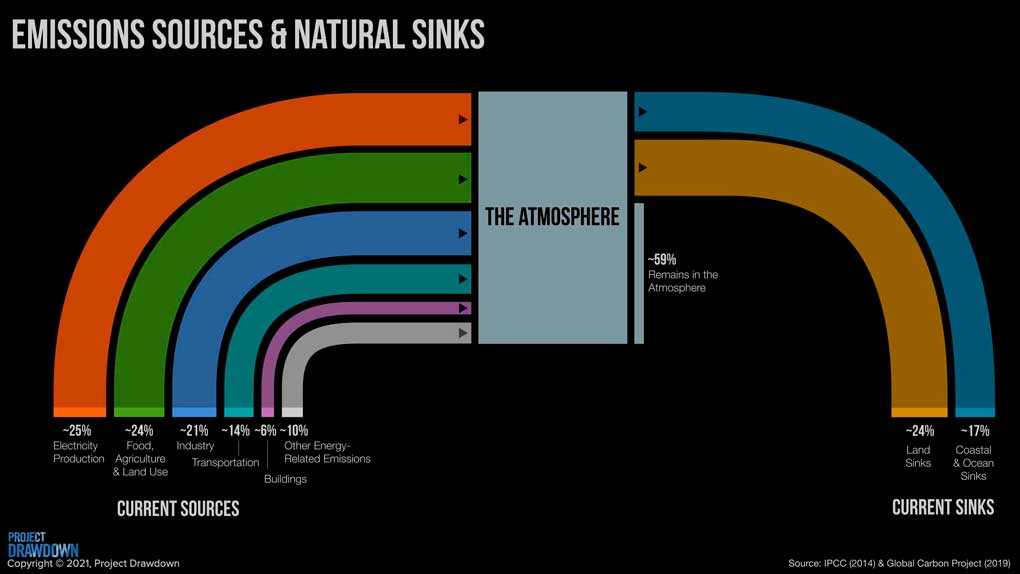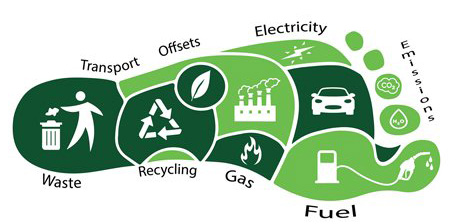Climate drawdown refers to the future point in time when levels of greenhouse gas concentrations in the atmosphere stop climbing and starts to decline. Drawdown is a milestone in reversing climate change and eventually reducing global average temperatures.
Project Drawdown refers to the nonprofit organization with the mission to help the world reach drawdown and stop catastrophic climate change quickly, safely, and equitably. In 2017, a publication titled “Drawdown” became a New York Times bestseller, where it highlighted and described different solutions and efforts available to help reach this goal.
Project Drawdown is a climate change mitigation project initiated by Paul Hawken and climate activist Amanda Joy Ravenhill.
The main principles of the project are to:
What are the sources of emissions to be reduced?
These are the sources of emissions along with the “sinks” that help to offset the emissions:



